Have a read of our 2026 cricket helmets guide because choosing the best cricket helmet for your game and budget takes time and effort.
Here at Cricket Yorkshire, we thought we’d do the research to give you trusted advice, as well as links to buy. New products lines will be added…
Best cricket helmets in 2026
👍 Links will direct you to our website partner Pro:Direct Cricket.
🙏 Cricket Yorkshire is reader-supported. That means when you click and buy through links on our website, I may earn an affiliate commission. You’ll be supporting Cricket Yorkshire at no extra cost to yourself. Crucially, they don’t affect the independence of the writing, the choice of subject or how I review or mention products. Thanks, John.
⏰ Short of time? Click for these Pro:Direct Cricket offers
Pro:Direct Cricket is the world’s largest online cricket store with a huge choice, regular discounts and 100,000+ 5-star reviews on Trustpilot. Explore the helmet categories below…
- Masuri Cricket Helmets (Adults)
- Shrey Cricket Helmets (Adults)
- Gray-Nicolls Cricket Helmets (Adults)
- C&D Cricket Helmets (Adults)
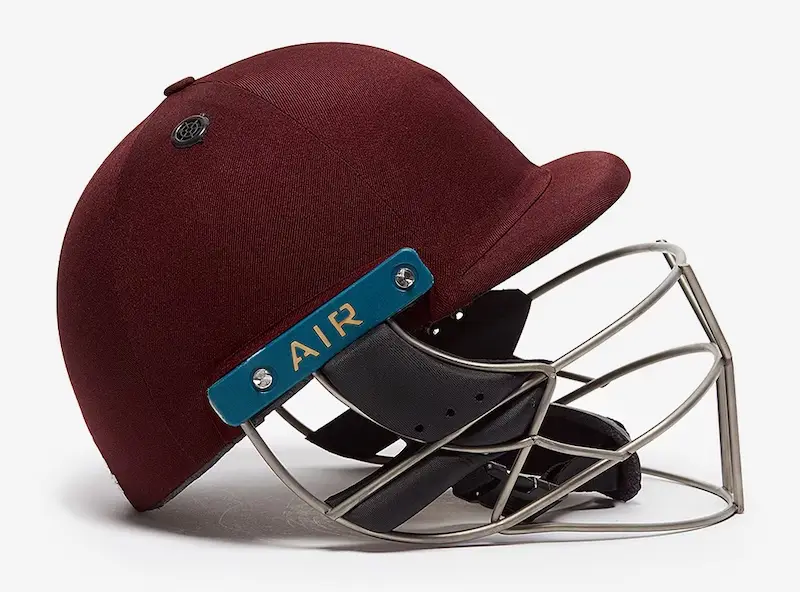
Why wear a cricket helmet?
Allow me to (very quickly) explain what a cricket helmet does, what it’s made of and the chief parts. You might know, you might not…
A cricket helmet is a piece of protective equipment you wear on your head. Sounds obvious but I thought I’d get that out of the way early. It is worn by cricketers of all ages to play safely, in case you are hit by a cricket ball.
Typically, a batter will wear a cricket helmet, a wicketkeeper also often wears one and if there is a fielder close to the batter (like short leg or silly point) then they will have one on too.
Cricket helmets are a requirement in junior cricket in England & Wales for all cricketers under the age of 18. The advice from the ECB is to use a cricket helmet (or ‘head protector’ as they term it) that has been tested against junior cricket balls – which are smaller than adults.
Being hit with a cricket ball in the face or head can cause serious and permanent damage. Spending a few minutes to read this guide and choose wisely will be absolutely worth it.
It consists of the main helmet and the grill (typically made of steel or lighter titanium) which is the front face protection.
🏏 Shop Cricket Helmets at Pro:Direct Cricket

What is the best cricket helmet?
The best cricket helmet is one that fits well, from a reputable cricket brand and is a safe choice that you are comfortable using when you bat.
We will focus on two popular brands – Masuri and Shrey – because Pro:Direct Cricket stock an extensive range of both but we may mention others such as Gray-Nicolls and C&D.
Making that helmet choice, with price a factor too, combines a few decisions that we’ll talk about in our cricket helmet guide.
How to choose a cricket helmet?
When you’re buying a cricket helmet, you should think about:
- Size
- Weight
- Safety
- Price
Let’s dive into each of these to explain why they matter and how to buy what’s right for you.
1. SIZE
What size cricket helmet should I get? A cricket helmet has to fit correctly to do its job. If it’s too big, it might impair your vision or slip off entirely. If it’s too small, it may hurt your head and you’ll be focussing on that – and not the next cricket ball coming at you!
We all have funny-shaped heads. No offence, but we do. No two batters will be the same. Our heads are like our fingerprints, unique to us.
That said, the key to buying a cricket helmet that’s comfortable – and the right size – is to know your head measurement.
Take a tape measure – I know, old-school – and measure the ‘circumference’ from your forehead (above your eyebrows), above your ears and round to the centre at the back.
You can do it in the mirror. No tape measure? Use a piece of string and then measure that after.
***
How should a cricket helmet fit?
A cricket helmet should fit snugly to your head. Not move around when you run and not be too tight that it’s distracting or uncomfortable.
The chin strap should be secure against your chin, not hanging loose underneath.
What size cricket helmet should I get? You can Google for size guides of a particular brand but at Pro:Direct Cricket, adult cricket helmets are usually filtered by Small (S), Medium (M), Large (M) or Extra Large (XL).
For women’s and girls’ cricket, there’s no separate sizing so the same process applies to head measurements to gauge the correct size.
Masuri have their TrueFit 3D helmets that have pre-shaped 3D printed lattice pads to offer ‘unrivalled comfort and helmet stability for every player – off the shelf.’
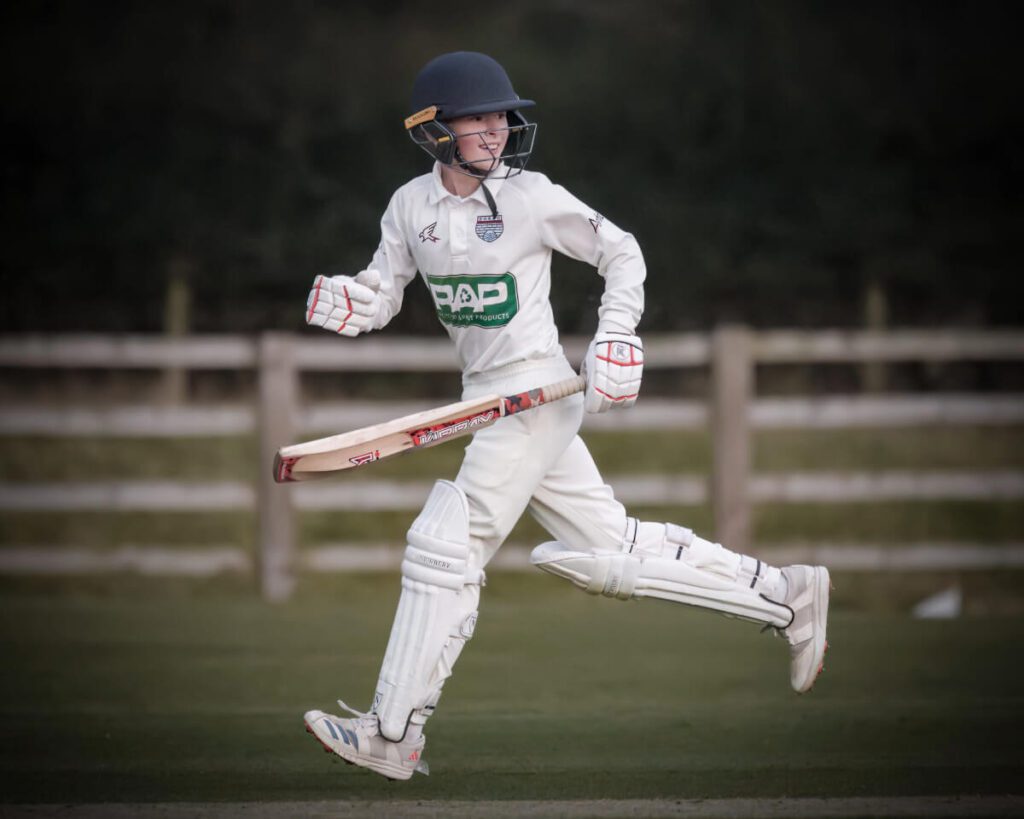
Junior cricket helmets
Cricket helmets for kids are not that different from adults in so much that they need to fit well and usually major brands have plenty of junior sizes to cover all of the bases. The best junior cricket helmet keeps the player safe, comfortable and confident.
One of the things you might see in junior cricket is a batter playing with a helmet that is too big for them. That said, helmets are not a novelty at that level as everyone is required to wear them. It’s in adult cricket with a hard ball when an older generation of players sometimes opt out of head protection!
🏏 Shop for cricket helmets for junior cricketers
2. WEIGHT
Whether you’re batting in a cricket helmet or have one for wicket-keeping, the longer you wear one, the more you’ll appreciate a lighter lid.
So, weight matters.
What is the lightest cricket helmet?
Well, Shrey lay claim to that title although new designs are constantly evolving. (I don’t think anyone has compared the weights of all of the brands and models. 😁)
The Shrey Masterclass Air Titanium weighs just 750g and was marketed as the lightest cricket helmet on the market to have passed British Safety Standards. At Pro:Direct Cricket, it comes with a free complimentary Neck Guard.
The Shrey Koroyd titanium cricket helmet potentially weighs in even lighter at around 730g and has neck guard, rear pad, carry bag and spare velcros included.
An alternative – in a similar price bracket – might be the Masuri E-Line Titanium cricket helmet. The Pro edition has that smooth finish that pro cricketers gravitate to, single shell construction and air cooling system. (Fancy words for safety kudos and ventilation 😂).
The truth is that you won’t notice a few grams here or there. But, if you can afford one, more expensive helmets tend to be built with lighter materials.

3. SAFETY
This could easily have been the very first thing we talked about as safety is the reason you’re wearing a cricket helmet in the first place.
The safety credentials of a cricket helmet start with choosing a brand (and there are a few) that work in cricket and have a reputation for quality and safety.
Pro:Direct Cricket stock the leading brands and offer regular discounts and deals.
👀 Let’s talk about vision next.
One of the major complaints about cricket helmets is that it can feel as if it’s more difficult to see the ball. The grille at the front only allows a limited amount of space to see through.
On the plus side, a cricket ball won’t get through and re-arrange your face… 🎉
Wearing a cricket helmet is a bit of a generation thing too.
If you’re in your 20s or younger, it’s been second nature through junior cricket and isn’t a big deal. If you’re 40+ then you may not have worn a helmet at school so it becomes a choice as an adult.
I’d argue that it’s essential that you wear a cricket helmet while batting, keeping and if fielding close in.
It doesn’t matter if you’re facing a slower bowler or the pitch is low and doesn’t bounce. Accidents can and do happen all of the time.
Serious injuries and time off work aren’t worth the gamble.
There’s also an argument that goes like this: Those who wear cricket helmets bat without fear because they know they’re safe and this can get them into trouble.
I’ve never subscribed to that logic.
I’d rather a cricket ball hit my helmet and not my head. It really is that simple.
Protecting your neck
Ok, let’s wrap up this section by talking about protecting your neck and the back of the head.
Sometimes when we bat, we twist our head as an instinctive reaction, usually against fast bowling, and it can have tragic consequences.
Masuri designed the StemGuard – a clip-on accessory that combines military-grade crush foam with TPU (a flexible and strong material between plastic and rubber). It attaches to a Masuri VS or OS2 helmet with moulded clips.
It’s extra protection in the unlikely (but still possible) event that you are hit by a cricket ball in an area not covered by the traditional cricket lid. Sadly, there have been tragic examples in both professional and recreational cricket.
Other brands have their version of the StemGuard so the Shrey Pro Neck Protector is available; an arc-shaped neck-guard moulded with layered foams.
With these accessories, the concern used to be a feeling of restricted movement of the head while batting – but these have been out for years and so that wouldn’t seem to be the case.
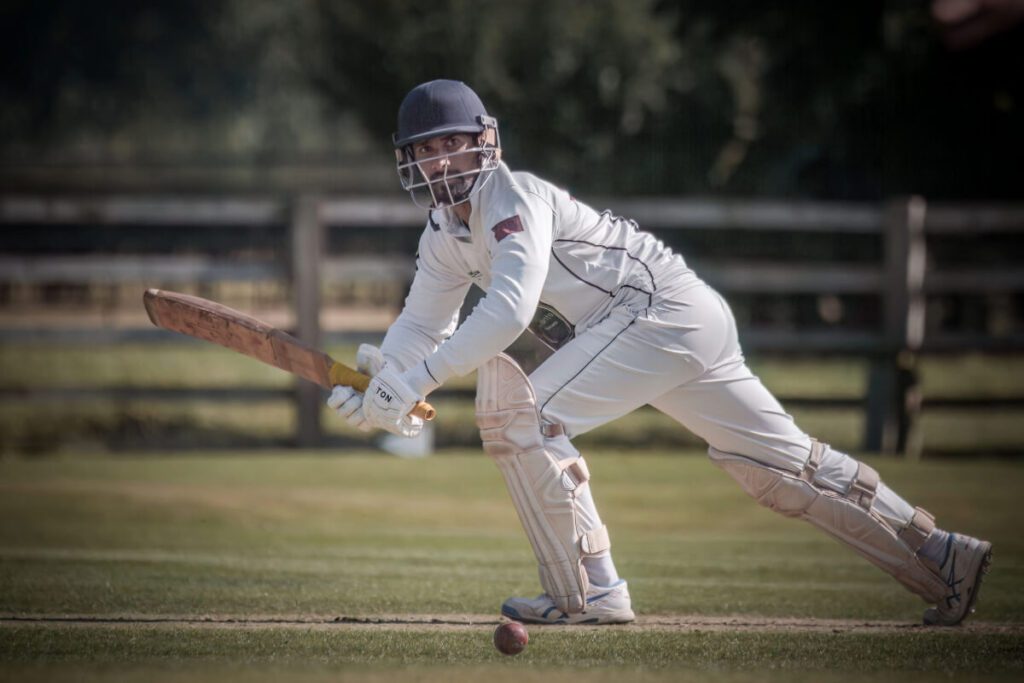
How often should you replace your cricket helmet?
If your cricket helmet is struck by a cricket ball then inspect it for damage. You don’t need to replace your cricket helmet every time; that could get pretty expensive.
But, if there are signs of significant damage like a bent grille or a crack in the surface then you’ll need to buy a new one.
Don’t forget the primary job of a cricket helmet is to protect you. If it’s damaged then it can’t do that as well as it should.
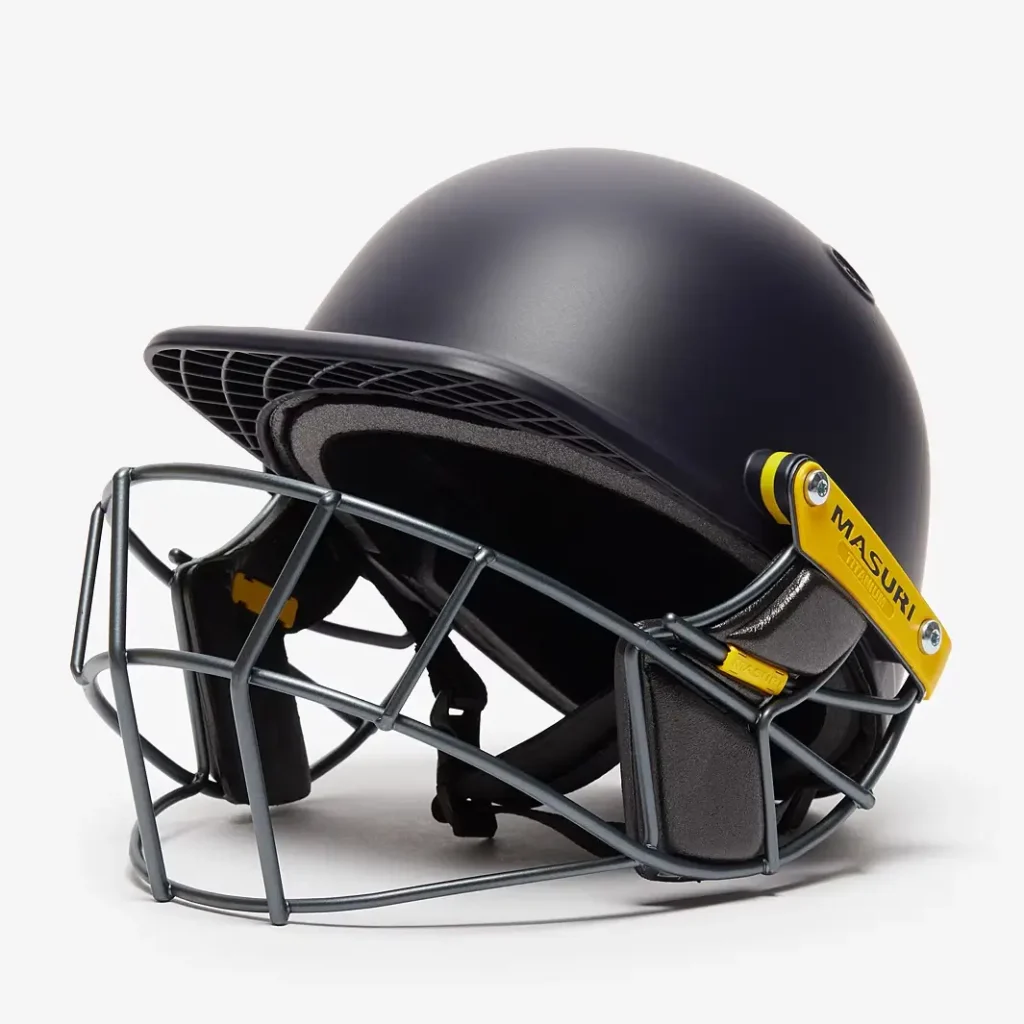
4. PRICE
Cheap cricket helmets are a false economy.
You want to roll the dice on something that might save your life one day?
If you can afford it, pay extra and buy peace of mind. That is advice I’d always give, regardless of where you shop.
In the UK, a cricket helmet price range is approximately £50-£225 with junior helmets in the lower bracket.
Lighter cricket helmets usually cost more and are made with aluminium grille and less dense materials. There may have more premium features like more sweat absorption towelling or an air cooling system.
As with buying anything online, there are always discounts to be had. You just need to know where to look.
🏏 Shop Cricket Helmets at Pro:Direct Cricket
So, my advice? Buy a cricket helmet that fits well and is from a trusted retailer like Pro:Direct Cricket. It will last for years.
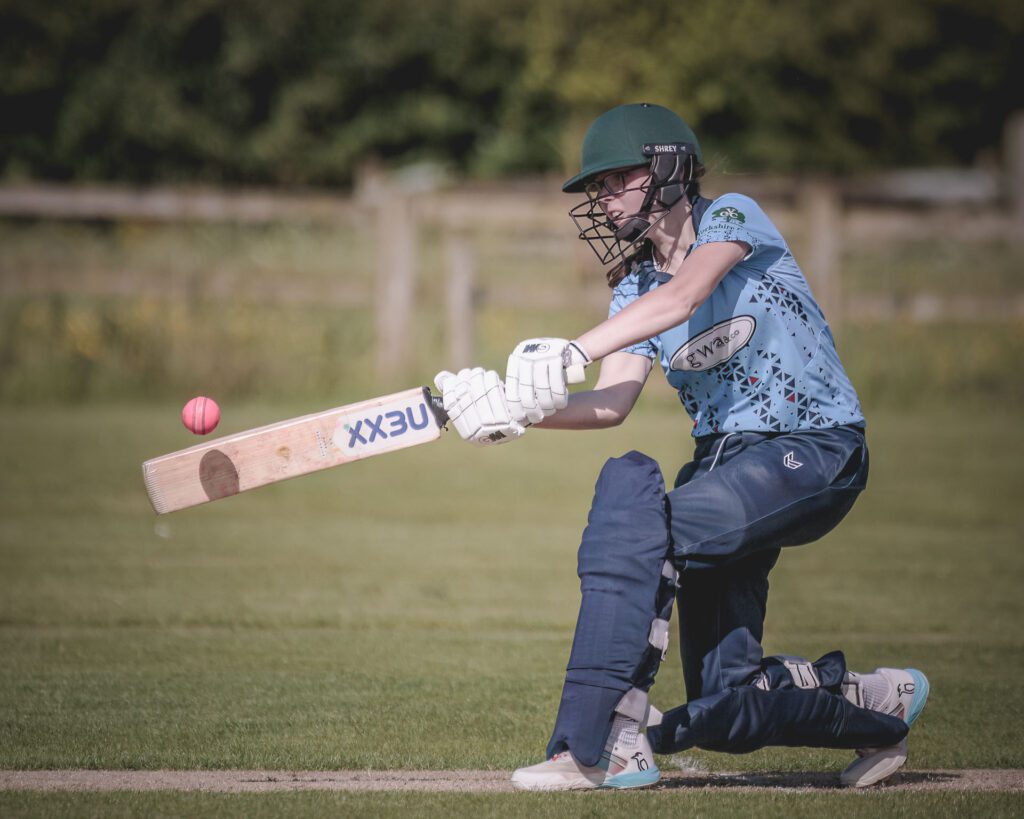
Best Cricket Helmets
As I mentioned earlier, the best cricket helmet is one you like, you wear all of the time and it’s doing its primary job of keeping you safe.
How much you pay is up to you but here are a couple of suggestions below. Major brands all have extensive ranges so choice and price point shouldn’t be a problem.
Cricket helmets should last for years and do their essential job so there are no surprises.
The good news is that in terms of design and technology, those making cricket helmets are always innovating so there’s now more choice, personalisation and protection while playing the game than ever before.
⏰ Click for these Pro:Direct Cricket offers
Pro:Direct Cricket is the world’s largest online cricket store with a huge choice, regular discounts and 100,000+ 5-star reviews on Trustpilot. Explore the helmet categories below…
- Masuri Cricket Helmets (Adults)
- Shrey Cricket Helmets (Adults)
- Gray-Nicolls Cricket Helmets (Adults)
- C&D Cricket Helmets (Adults)
I hope this guide has been useful and we’ll keep it updated throughout the year.
More Cricket Guides for Players & Parents
Enjoyed this article? Please share it using the Facebook and Twitter buttons and have a read of other buying guides, packed with advice and deals. Enjoy your cricket!
Best Cricket Shoes: Cricketers Guide
- 2026: Predictions and trends for grassroots cricket - December 19, 2025
- Cricket Gifts: The shortlist full of surprises[2026] - December 12, 2025
- 6 ways for cricket clubs to earn with easyfundraising - December 10, 2025
Leave a Reply